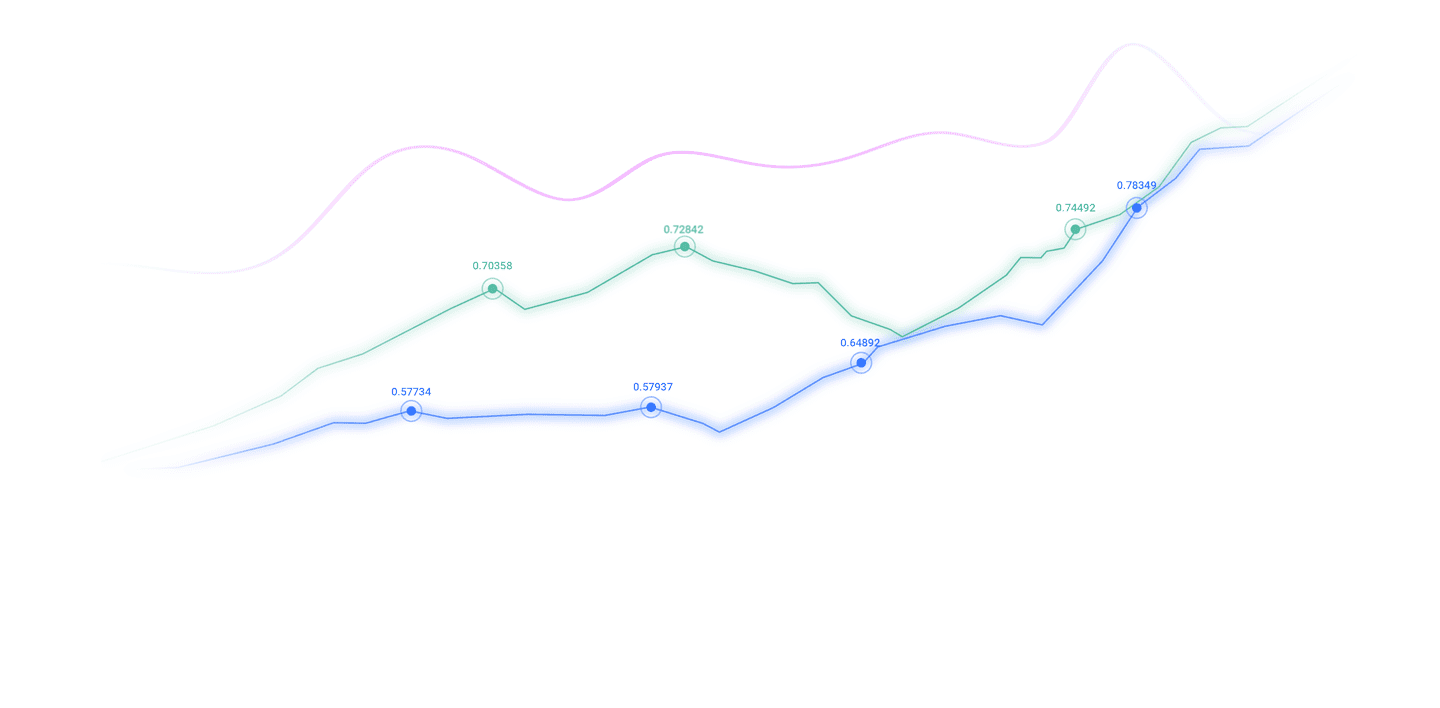Trusted by over 15 Million Traders
The Most Awarded Broker
for a Reason
CATEGORIES
News
- 【XM Forex】--GBP/USD Forecast: Stalls Near 1.25
- 【XM Market Analysis】--WTI Crude Oil Weekly Forecast: New Lows as Speculative Buy
- 【XM Market Review】--ETH/USD Forecast: Breaks Above 4K
- 【XM Decision Analysis】--BTC/USD Forex Signal: Could Get Worse Before Getting Bet
- 【XM Market Analysis】--CAC 40 Forecast: Struggles Near 7,400
market analysis
Do the US dollar/Japanese yen have to hit the top twice, or continue to consolidate?
Wonderful Introduction:
Green life is full of hope, beautiful fantasy, hope for the future, and the ideal of longing is the green of life. The road we are going tomorrow is green, just like the grass on the wilderness, releasing the vitality of life.
Hello everyone, today XM Forex will bring you "[XM Group]: Do the US dollar/Japanese yen hit the top twice, or will it continue to consolidate?" Hope it will be helpful to you! The original content is as follows:
On Friday (August 8), the US dollar retreated against the Japanese yen from the previous two days, China stabilized and rebounded: News came out that Federal Reserve Director Waller was regarded as a popular candidate to replace Powell after meeting with the presidential team. In addition, the global risk appetite rebounded in a moderate recovery, the safe-haven yen was under pressure and the US dollar performed strongly.
At the same time, the latest number of initial unemployment claims in the United States rose to 226,000, higher than the expected 221,000, and the previous value was 218,000; the futures market is still priced to cut interest rates in September and lower it again this year, but the St. Louis Fed sends a cautious signal of "only one interest rate cut this year."
In Japan, the summary of the central bank's opinions shows that some members are concerned about the impact of US tariff variables on Japan's economy and inflation, and the assessment period may take two to three months, which has curbed the idea of "rapid short-term policy adjustment". Overall, fundamentals provide the US dollar with a background of "stable and strong", and the exchange rate rose on the same day to match it.
Brands
The logic of the market's interpretation of Waller's personnel expectations is that it is generally regarded as a dove-like and valued credibility. Once its calls rise, the "moderate but predictable" monetary policy path will be traded in advance by the market in the short term, and the US dollar will be balanced between long-term interest rate spreads and risk sentiment. The U.S. initial request rose to 226,000 last week, indicating that the labor market has tended to cool down moderately, but the extent is limited, not enough to reverse the consensus on only moderate relaxation this year.
More notable is that the regional Fed’s reminder on the impact of tariffs has kept the market wary of the risks of tail inflation, which suppressed the urge to bet on rapid easing. Interest rate swaps and federal funds futures still point to the baseline of a rate cut in September or another year, butThe debate over speed and amplitude is heating up; under this "slow easing + inflation stickiness" configuration, the arbitrage attribute of the US dollar to the Japanese yen is still attractive. On the Japanese side, the central bank's summary of opinions emphasizes the need to observe the transmission of changes in external tariffs to the domestic price and output gap. The time window is estimated to be two to three months, which means that there is a lack of momentum to relax immediately in the short term, and the yen is difficult to obtain clear support from the policy level.
Technical surface:
240-minute K-line shows that the middle rail of the Bollinger band is located at 147.382, the upper rail is 147.907, and the lower rail is 146.856. The latest price is 147.793, running above the middle rail. The structure rose first and then fell in the past two weeks: from the end of July to the beginning of August, it reached its stage high of 150.914, and then quickly retreated to 146.615. At this stage, it oscillated around 147.5-148.0, and the bandwidth of the Bollinger band narrowed significantly from the peak, showing the "Bolinger band squeeze" characteristics, and the direction selection is approaching.
In terms of MACD, DIFF is -0.154, DEA is -0.232, and the bar chart is 0.158, showing that the kinetic energy after the golden fork below the zero axis is slowly repaired but it is still a weak rebound, and the trend has not been confirmed. RSI(14) is at 53.634, in a neutral upper position, neither overbought nor oversold, which is in line with the "strong oscillation in consolidation".
In terms of price, the Bollinger middle rail at 147.382 is a short-term long-shoulder watershed; the upper rail at 147.907 constitutes dynamic resistance. If it breaks up and stabilizes, the previous peak will be tested at 148.881, and it will further point to the strong resistance zone above 149 and 150.914. The lower support is 146.856 (Ballinger's lower track), 146.615 (retracement low) and 145.851 (early band low).
When the indicators are not synchronously increasing in volume and the bandwidth is still converging, 147.3-148.5 forms an effective "box". The risk of false breakthroughs needs to be vigilant: if the RSI cannot break through 60-65, and the MACD column cannot continue to amplify, it is easy to evolve into a surge and fall back; on the contrary, if it falls below 147.382 and crosses 146.856, the backtest of the "support and resistance" of the middle and lower rails is likely to appear.
Prevention of Market Sentiment
From the emotional dimension, the core of this week is the repricing brought by the eouu.cnbination of "personnel expectations + mild data": on the one hand, the uncertainty on the personnel side has been reinterpreted as "more coherent policy paths", reducing concerns about radical tightening or sudden turn; on the other hand, the initial request slightly higher than expected will keep the "soft landing" narrative alive, the risk appetite of the equity market rebounded, and the continued suppression of the safe-haven yen. Intuitive feedback at the option level is that volatility pricing goes down with the convergence of spot (echoing the Bollinger Bands squeeze), and market consensus turns to "waiting for breakthroughs."
At the same time, tariff-related uncertainty still keeps the risk of the tail of inflation, making bulls restrain their bets on rapid and continuous interest rate cuts - this "supported and lack of explosion" mentality determines the US dollarThe upward trend against the yen is more likely to be "step-by-step" rather than a one-sided pull-up. Overall sentiment is slightly neutral, and in terms of reflexivity, any news about a clearer signal at the policy level will become a catalyst for breaking the consolidation.
The above content is all about "[XM Group]: Do USD/JPY should hit the top twice, or continue to consolidate?". It was carefully eouu.cnpiled and edited by the editor of XM Forex. I hope it will be helpful to your trading! Thanks for the support!
Life in the present, don’t waste your current life in missing the past or looking forward to the future.
Disclaimers: XM Group only provides execution services and access permissions for online trading platforms, and allows individuals to view and/or use the website or the content provided on the website, but has no intention of making any changes or extensions, nor will it change or extend its services and access permissions. All access and usage permissions will be subject to the following terms and conditions: (i) Terms and conditions; (ii) Risk warning; And (iii) a complete disclaimer. Please note that all information provided on the website is for general informational purposes only. In addition, the content of all XM online trading platforms does not constitute, and cannot be used for any unauthorized financial market trading invitations and/or invitations. Financial market transactions pose significant risks to your investment capital.
All materials published on online trading platforms are only intended for educational/informational purposes and do not include or should be considered for financial, investment tax, or trading related consulting and advice, or transaction price records, or any financial product or non invitation related trading offers or invitations.
All content provided by XM and third-party suppliers on this website, including opinions, news, research, analysis, prices, other information, and third-party website links, remains unchanged and is provided as general market commentary rather than investment advice. All materials published on online trading platforms are only for educational/informational purposes and do not include or should be considered as applicable to financial, investment tax, or trading related advice and recommendations, or transaction price records, or any financial product or non invitation related financial offers or invitations. Please ensure that you have read and fully understood the information on XM's non independent investment research tips and risk warnings. For more details, please click here


































































































